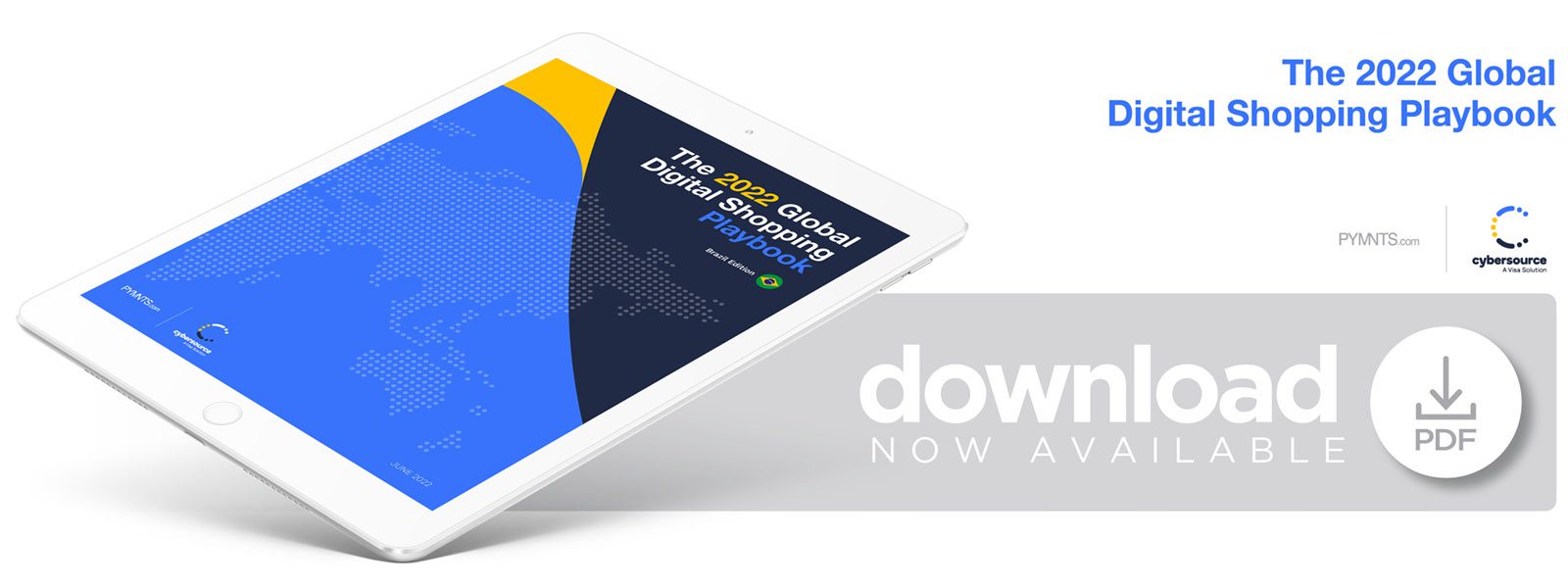47% of Brazilian Consumers Shop With a Smartphone In-Store
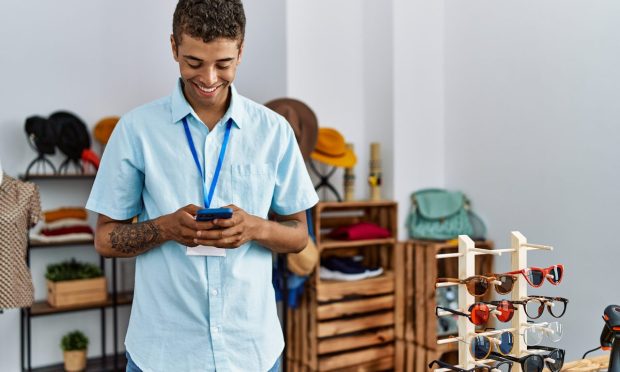
Mobile commerce is at the center of the Brazilian eCommerce market. As a result, merchants must orient their digital innovation efforts around their customers’ demands for mobile commerce or risk losing business.
That’s one of the findings of “The 2022 Global Digital Shopping Playbook,” a PYMNTS and Cybersource collaboration based on a survey of 13,114 consumers and 3,100 merchants in six countries: Australia, Brazil, Mexico, the UAE, the U.K. and the U.S.
Get the report: The 2022 Global Digital Shopping Playbook
Forty-seven percent of Brazilian consumers use their smartphones while shopping in stores. This means that a projected 20 million local shoppers used their smartphones during their most recent brick-and-mortar shopping journeys.
This smartphone usage is higher than that of the consumers in four of the five other countries included in the survey. Only in the UAE is there a higher share of shoppers who use their smartphone while shopping in stores.
In all comparable countries included in the survey, the average share of in-store shoppers using smartphones was 33%.
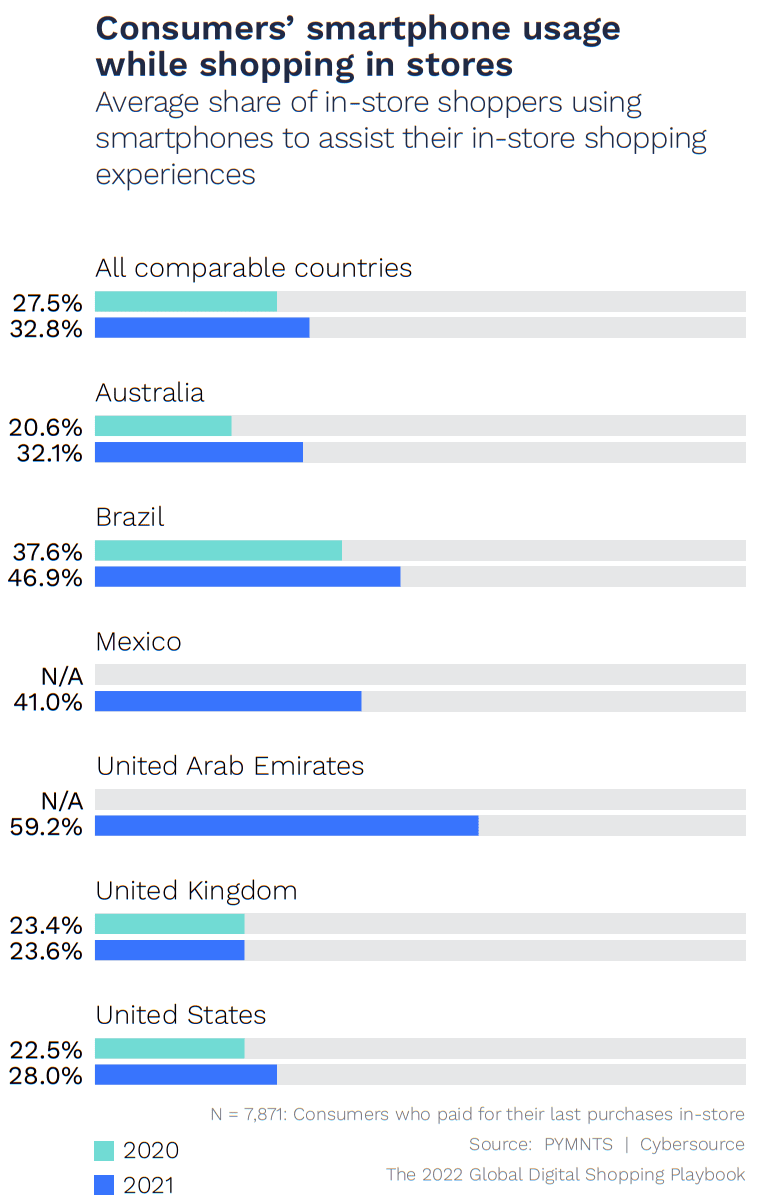
The most common ways Brazilian shoppers use their smartphones at brick-and-mortar stores are to compare prices, to search for offers and discounts and to find product information.
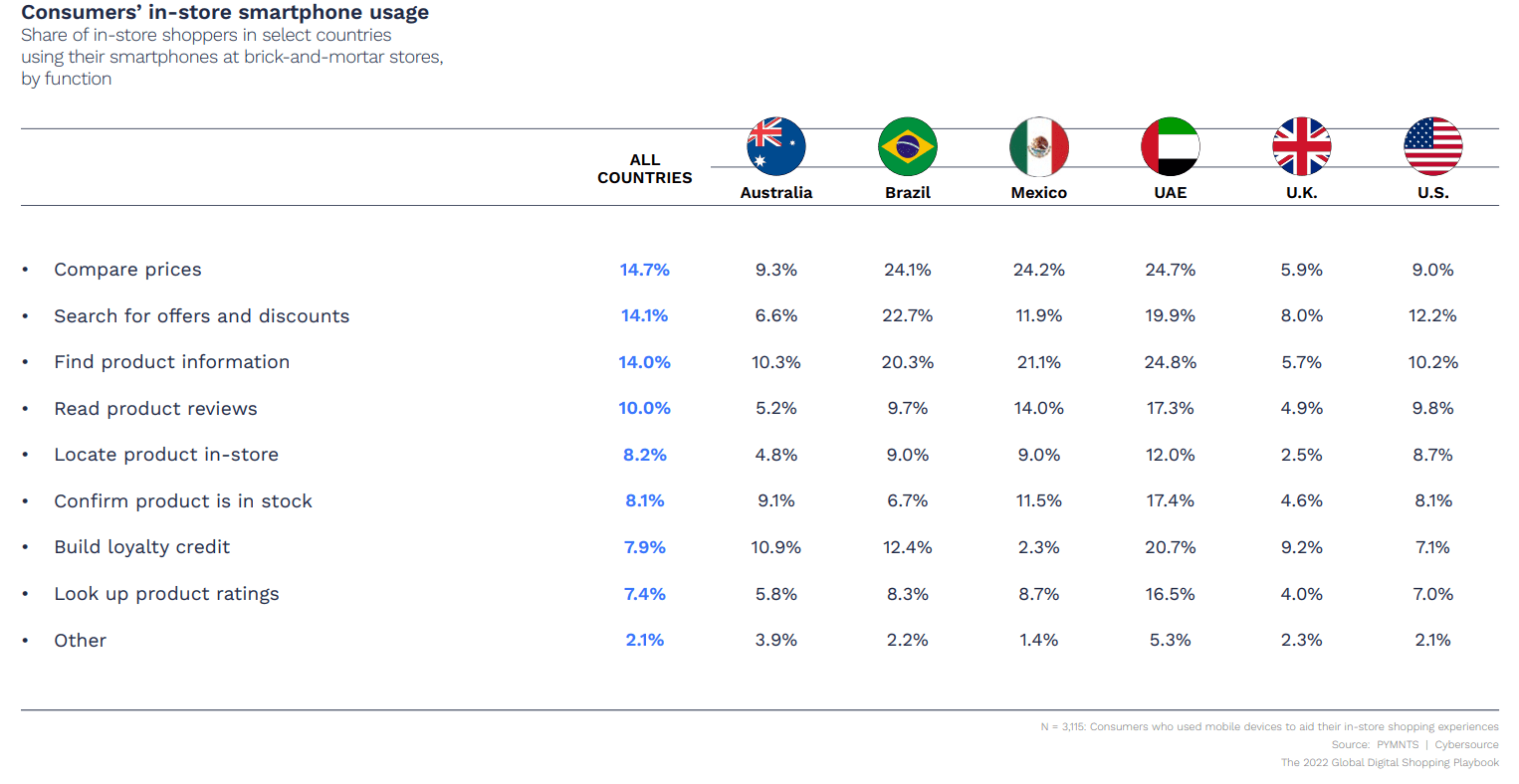
Beyond that, 53% of Brazilian consumers — an estimated 33 million people — use their smartphones at least once throughout their retail journeys, whether that’s to browse products online, buy an item on a digital marketplace, track an eCommerce order via an app, pay via mobile wallet at the point of sale or otherwise.
Here, too, Brazil is ahead of all other countries studied by PYMNTS, save for the UAE.
In all comparable countries included in the survey, the average share of consumers who used smartphones to assist some aspect of their retail journeys was 42%.
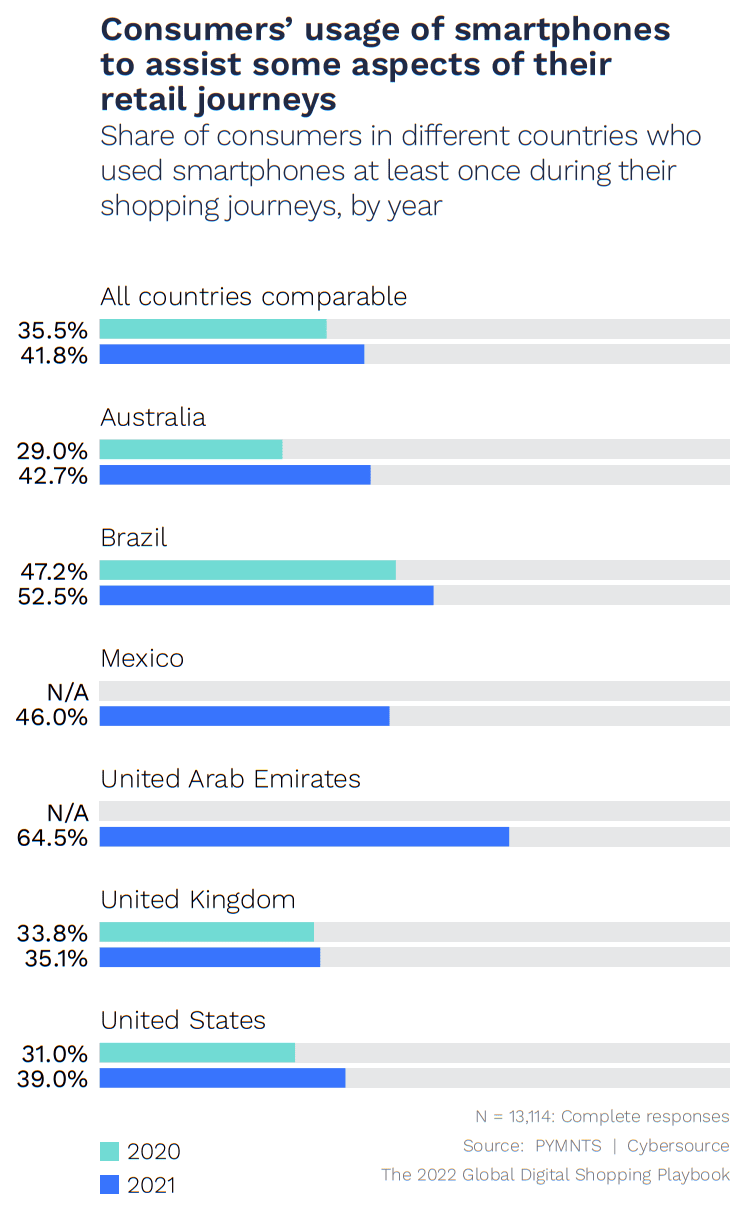
Brazilian consumers’ strong preference for smartphone-enabled, mobile-assisted commerce can be seen as a harbinger for what is to come as the line separating brick-and-mortar and digital shopping channels continues to blur.
